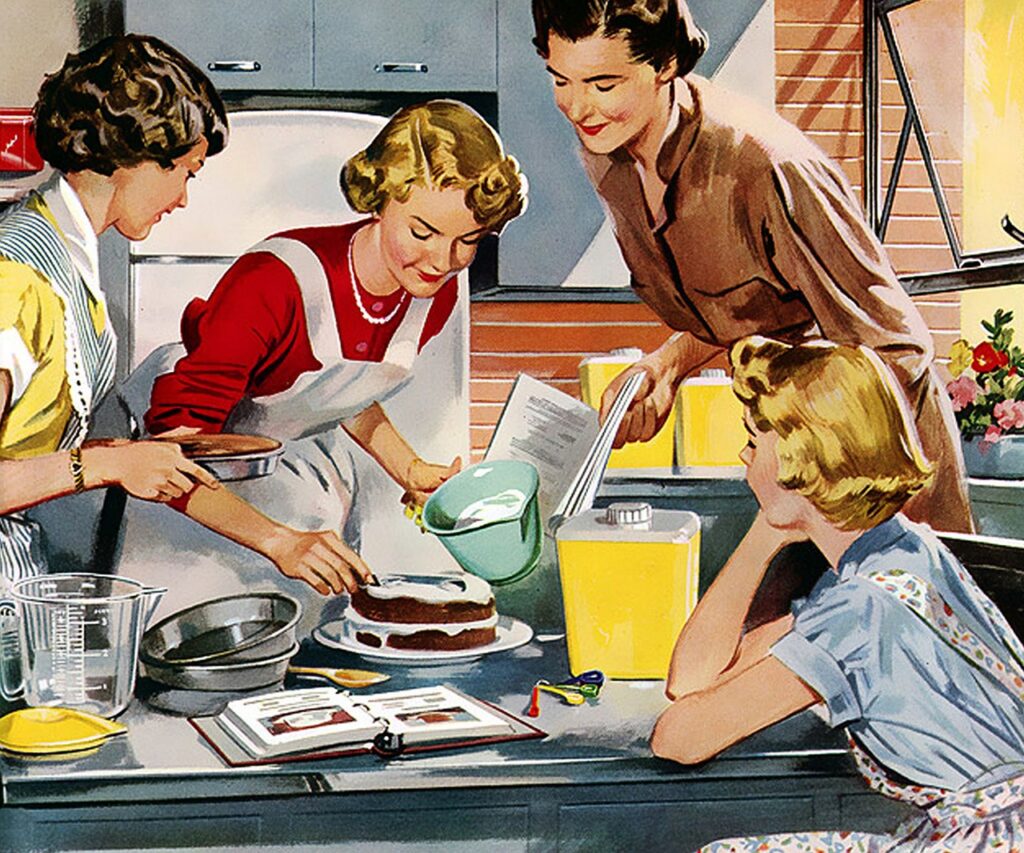If you’re taking the time to gather with family over the holidays, you’ll no doubt be hoping for the opportunity to collect some family history information at the same time. But while we all know how important it is to talk with relatives about our family’s past, may of us feel hesitant to ask others to break out the memories, photos and records when the time comes.
How can we broach the topic of sharing family history gently, and make it an enjoyable experience for everyone?
How do we ask someone for their memories without making them feel unconformable?
One of the best ways to approach the collection of family history at a holiday event, or any gathering, is to keep things simple and fun. If you’re not prepared to sit down and conduct organized interviews or request the right to scan every old photo in the house, try some of these more casual ideas instead. You may not walk away with every detail available, but you’ll go home with some wonderful new tidbits to add to your tree.
1. Ask for a Little, Get a Lot
Bring a notebook or handheld digital recorder and pass it around at the gathering. Ask every person in the room to share one memory of their childhood and/or one family story they’ve been told. Then, if time allows, gather everyone together to listen to these stories to further open up the conversation.
2. Make Sharing Super Simple
Create a simple interview sheet with no more than 5 questions on it and give one to every person in the room. Ask them to please take a few minutes to fill them out (bring pens) and give them back to you. Choose your questions wisely!
3. Create a Casual Conversation
Bring along a few (not 50!) photos from your own collection and pass them around – or causally share one of the most interesting stories you’ve discovered in your research. The simple act of sharing these photos and stories will likely be enough to get everyone talking about the people in them and the past.
4. Give the Gift of Sharing
Give away memory books as a gift to older family members. This is a wonderful way to let someone know that you want to know more about their lives without burdening them with an on the spot interview. They can take the time they need to fill the book out after the event and return it to you.
5. Look Beyond the Obvious
Bring along some index cards and record any family recipes that are being prepared. These recipes provide invaluable clues to your family’s cultural past and recording them honors those who came before. Look for other unusual family history information that may be hiding in plain sight – like the stories behind old knickknacks or furniture.
6. Be Prepared for Anything
Download an app like Google’s PhotoScan (or bring along a handheld scanner or digital recorder) so that you are prepared to record family photos or memories that may be shared during the event. Family gatherings often involve swapping of memories in some way and having easily accessible tools can make sure you don’t miss a spontaneous opportunity.
7. Ask for Verification
Make a list of 5 facts from your tree that you think relatives at the gathering may know something about. Ask them to help you verify the information based on their own memories. This is a nice way to show your respect for someone’s stories and experiences, while giving them an opportunity to open up and offer new information.
8. Lay the Groundwork for Future Sharing
Even if you don’t plan to collect information AT a family gathering, you can use the opportunity to invite family members to share later. Make sure everyone knows you’re interested and encourage relatives to send you information at a future date. Keep the conversation light, without a lot of pressure, and be willing to reciprocate by sharing your research with them.
A family gathering is also a great place to let others know where they can find your research. This may be a family tree you have available online, or a family history blog that you can point people to. Find a guide for starting a family history blog here.
By Melanie Mayo, Family History Daily Editor
